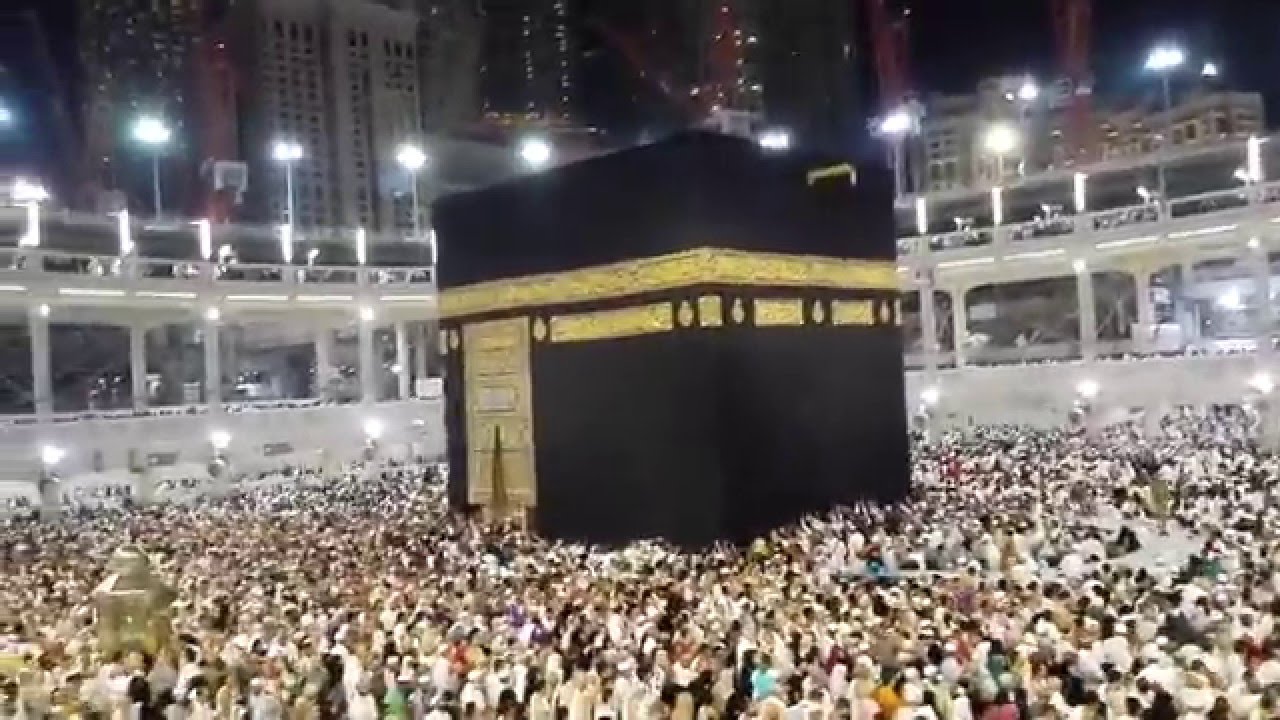Arif-Descent
“Bismillahir Rahmannir Raheem”Al-Hamdu Lillaahi Rabbil ‘Aalameen was Salaatu was- Salaamu ‘Alaa Sayidinaa Muhammadin wa Aalihi wa Asabihi Ajma ‘een (tauheed- risalat- ahkirat and islam-iman-ihsan)
Arif 18
THE DESCENT OF THE ABSOLUTE
“Where was God before the creation?
Pure Being, devoid of qualities and relations, “the dark mist” or “blindness” (al-‘Amá),
The ‘Amá, – is not a blind unconscious power, but it is the absolute inwardness (buṭún) and occultation (istitár) in which the opposite concept of outwardness (ẓuhúr)—i.e., all relations of the Essence to itself as “other “is somehow absorbed and negated, like starlight in sunlight
‘Amá, as the eternal and unchangeable ground of Being, to the fire which, in a sense, is always latent in the flint whence it flashes forth
Ahadiyya
Thus the ‘Amá may be regarded as the inmost self, the “immanent negativity” of the Essence; as such, it is logically correlated with Aḥadiyya , in which the Essence knows itself as transcendental unity; and both these aspects are reconciled in the Absolute, “whose outwardness is identical with its inwardness .
Aḥadiyya (the abstract notion of oneness) although nothing else is manifested in it, marks the first approach of the Essence to manifestation . Aḥadiyya comprises all particulars as negated by the idea of unity. This absolute unity in turn resolves itself into a pair of opposites in order to become re-united in a third term which carries the process of individualisation a stage further.
Wáḥidiyya/relative unity(unity in plurality)
The Many identical in essence with each other and with the One
“essence is manifested as attribute and attribute as essence,” so that all distinction between the attributes is lost: one is the ayn (identity) of the other, Mercy and Vengeance are the same.
The intervening thesis and antithesis are named Huwiyya (He-ness) and Aniyya (I-ness) .
Huwiyya =the inward unity (al-aḥadiyyat al-báṭina) in which the attributes of the Essence disappear
Aniyya= the obverse side or outward expression of Huwiyya, is that unity revealing itself in existence.
External manifestation is the result of a “self-diremption ” which lies in the very nature of the Essence as Pure Thought .
The discord of Huwiyya (the Many submerged in the One) and Aniyya (the One manifested in the Many) is overcome in the harmony of Wáḥidiyya (the Many identical in essence with each other and with the One)
The plane of Divinity (Iláhiyya) is a descent from Wáḥidiyya, in so far as in the former the attributes, which were identical in the latter, become distinct and opposed.
A. Absolute Being or Pure Thought (al-Dhát, al-Wujúd al-muṭlaq).
(a) Inward aspect: “the dark mist” (al-‘Amá). Being, sunk in itself, bare potentiality.
(b) Outward aspect: abstract Oneness (Aḥadiyya). Being, conscious of itself as unity.
B. Abstract Oneness (Aḥadiyya).
(a) Inward aspect: He-ness (Huwiyya). Being, conscious of itself as negating the Many (attributes).
(b) Outward aspect: I-ness (Aniyya). Being, conscious of itself as the ” truth ” of the Many.
C. Unity in plurality (Wáḥidiyya). Being, identifying itself as One with itself as Many.
When I want to talk to Allah I say prayers and when I want that he talk to me I recite quran- Hazrath Ali(ra)
Make sure you forward this to others .


